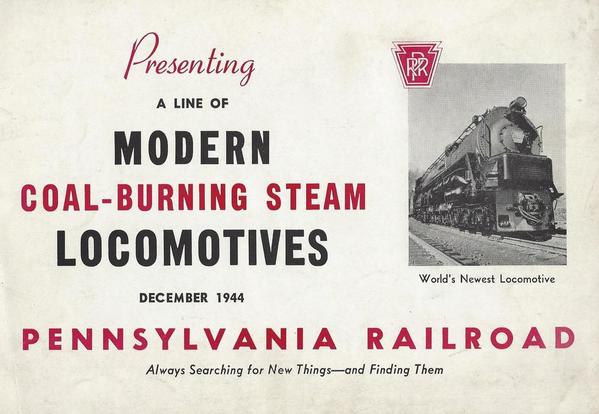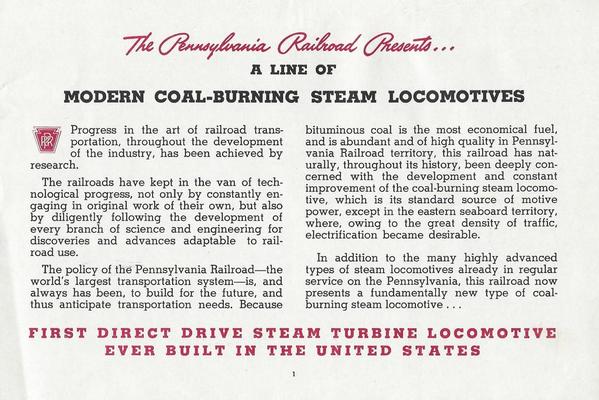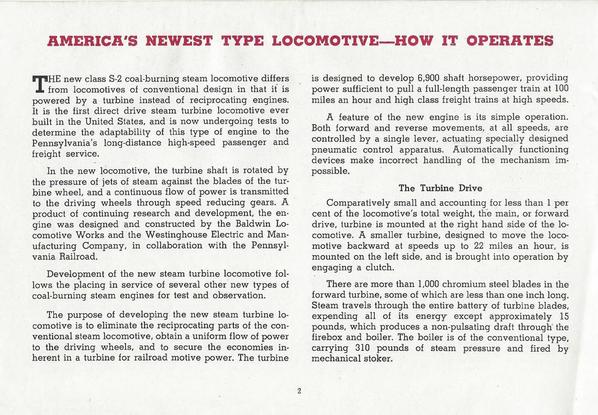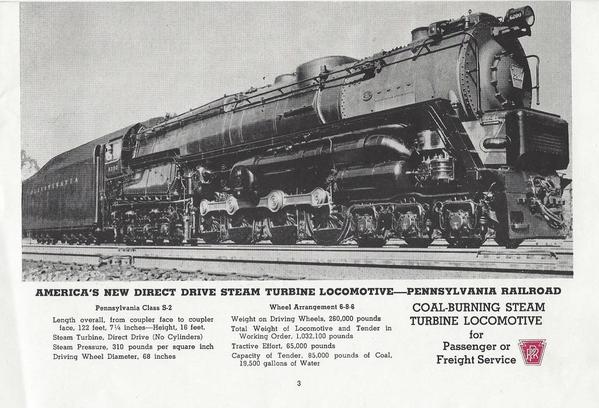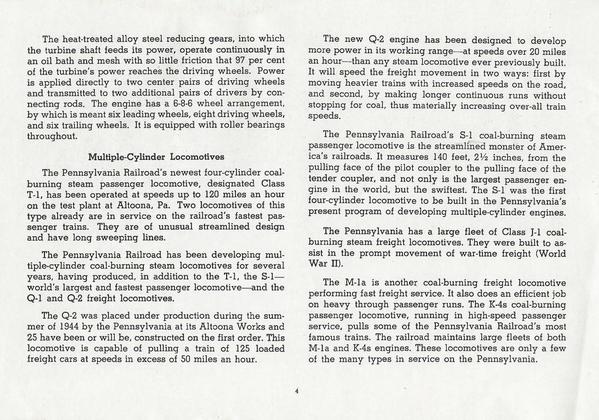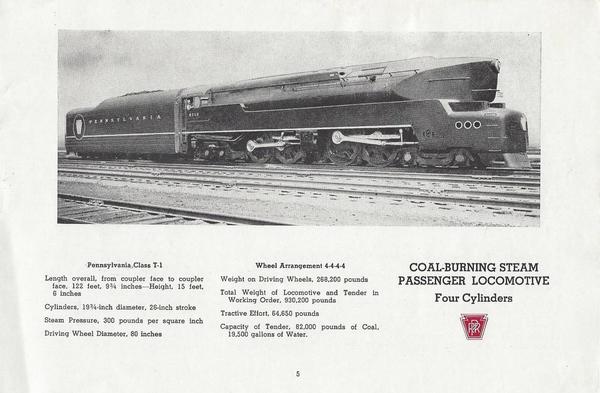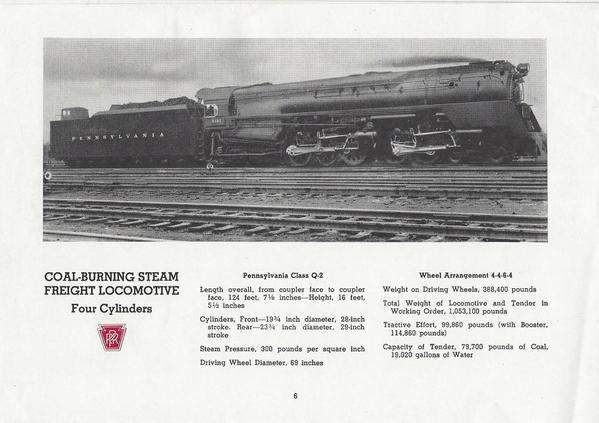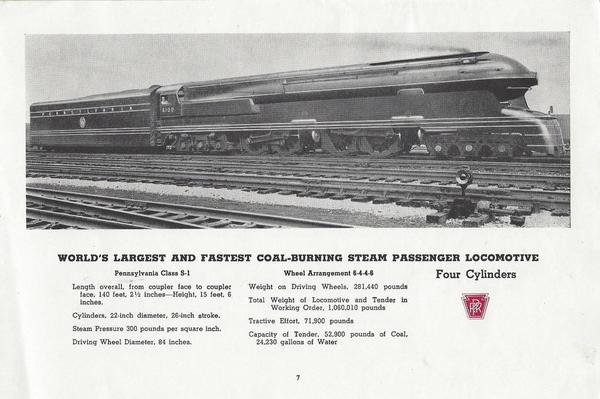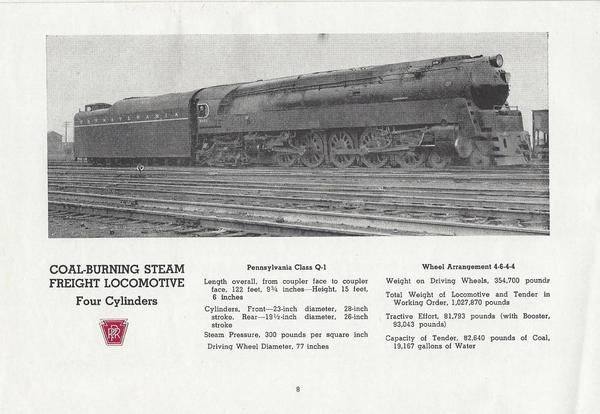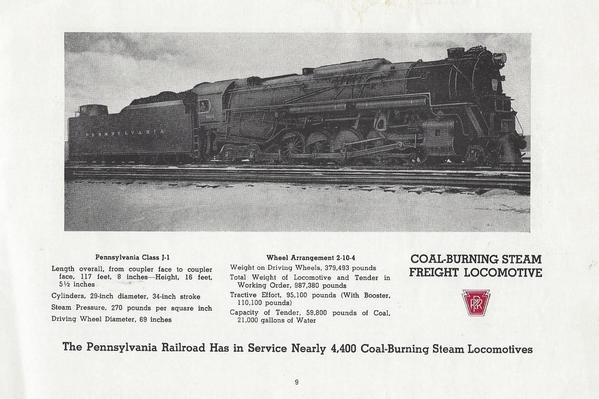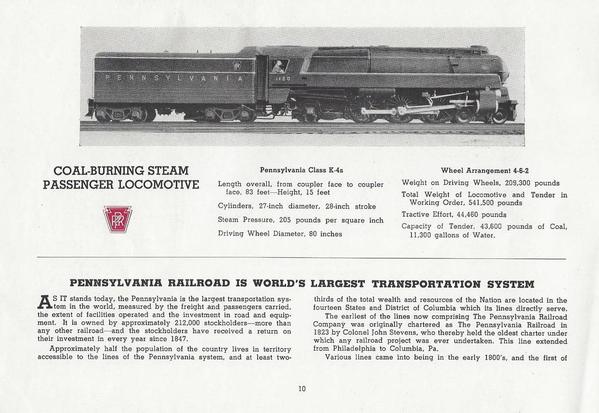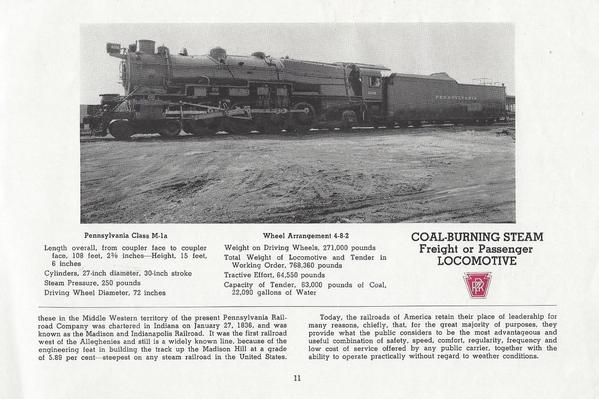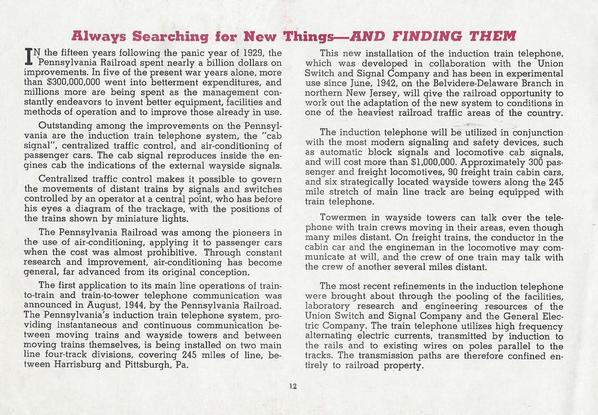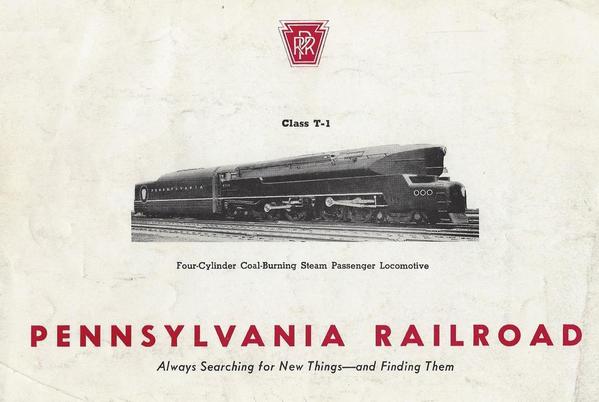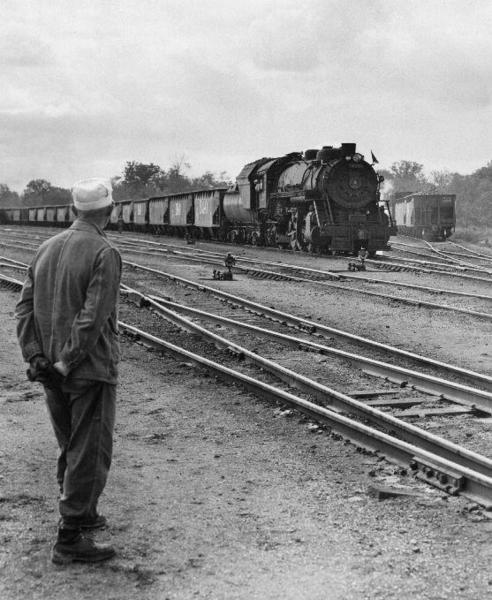Speaking from memory...
Why was the PRR S2 turbine locomotive was built? An attempt by Baldwin, Westinghouse and the PRR to keep the coal burning steam locomotive relevant post WWII. The steam locomotive was on borrowed time, but the Great Depression and WWII delayed diesel locomotive adoption. The PRR wasn't the only railroad attempting to build new steam turbine locomotives, the UP, C&O, and N&W built steam turbine-electric locomotives. The S2 was a direct mechanical drive. The turbine was geared to the 2nd and 3rd driving wheels, and the connecting rods transmitting power to the 1st and 4th driving wheels.
The proposed benefits are better steam efficiency at higher speeds, constant turning torque for tractive effort, elimination of hammer blow to the rails since all masses rotate (it's impossible to completely balance in all planes the reciprocating masses on a two cylinder engine), and utilization of proven locomotive boilers.
However, the locomotive was not a success largely due to the very high steam consumption at lower speeds (see Curve No. 4 on page 11 of attached pdf). This caused a large drop in boiler pressure leading to constant stay bolt breakage, and this issue was further aggravated by poor water circulation around the firebox / combustion chamber water spaces.
Edit:
One thing I'm surprised the PRR did not try was to put a booster to power 1 or 2 of the trailing truck wheels. This would have significantly alleviated the strain on the turbine when it is most inefficient (slow rotational velocities) during starting of the train from a dead stop to about 15-20 mph. Franklin boosters usually added 15,000 lbs of tractive effort for one axle on the trailing truck.
The issues of the S2 probably could have been solved, but the PRR was beginning to lose money in 1946 and diesels were a way to significantly reduce operating costs. This coupled with rising cost of labor (introduction of the 40 hr work week with the same pay as 48 hrs) and coal mining strikes helped doom further steam developments. In vol. 2 of Eric Hirsimaki's book, he has a chart showing diesels were at minimum half the cost to operate per mile traveled and in switching service this was 4-8 times cheaper depending on the locomotive used for switching. While it's true that the initial cost of diesels were about twice the cost of a steamer, one diesel usually replaced 3 steam locomotives due to its much higher availability and monthly mileage.
I agree the PRR is a fascinating railroad to study, which is made much easier since it has a large following and many great publications covering all its aspects.
Edit complete.
The best sources are the attached technical specification from Baldwin & Westinghouse and the following articles.
See S2 articles in "The Keystone" vol 28 No. 2, vol 45 No. 3, and vol 46 No.1.
Eric Hirsimaki's two volume set "Black Gold, Black Diamonds: The Pennsylvania Railroad and Dieselization" is a great source on the transition from steam to diesel for the PRR.
Cheers,
Joe




